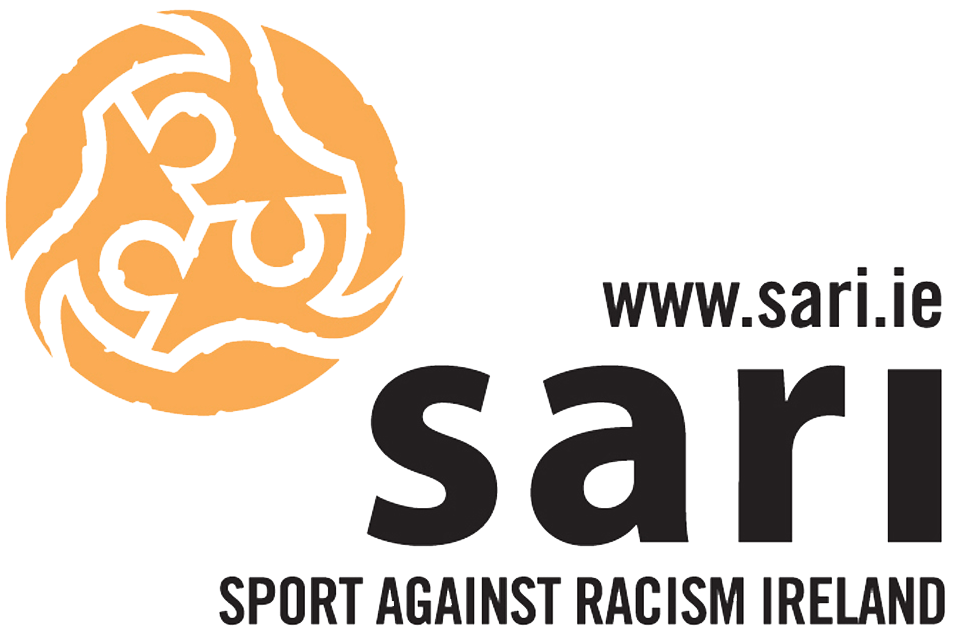GEORGE NKENCHO
The once strong relationship between Gardaí and the West Dublin community has worsened.
The achievement was all the more remarkable given the club’s genesis. “Coaches literally went around Blanchardstown picking up kids playing football on the streets,” organiser Ken McCue of the group Sports Against Racism Ireland (Sari) says. Other players came from established clubs where they had experienced “horrible” racist abuse from fans and opposing teams.
One of the teens recruited to the team was 17-year-old full back George Nkencho, the Irish-Nigerian man shot dead by gardaí in Clonee last week. “He was a big unit,” McCue recalls. “But he was as timid as anything. He would be apologising to wingers for tackling them.”
Insaka means “a place to gather” in Bemba, a language spoken in Zambia. The purpose of the team was to give black youths in west Dublin a safe place to gather, work on their football skills and possibly eventually get picked up by top-tier clubs.
It was also more than a club, McCue says. There was a focus on instilling a sense of discipline and pride in the players and giving them tools to fight back against the racism they faced in society. In the book Ethnicity and Race in Association Football, ethnographer Max Mauro calls the Insaka team a “space of resistance against different forms of racism”.
Read the full article here in the Irish Times

